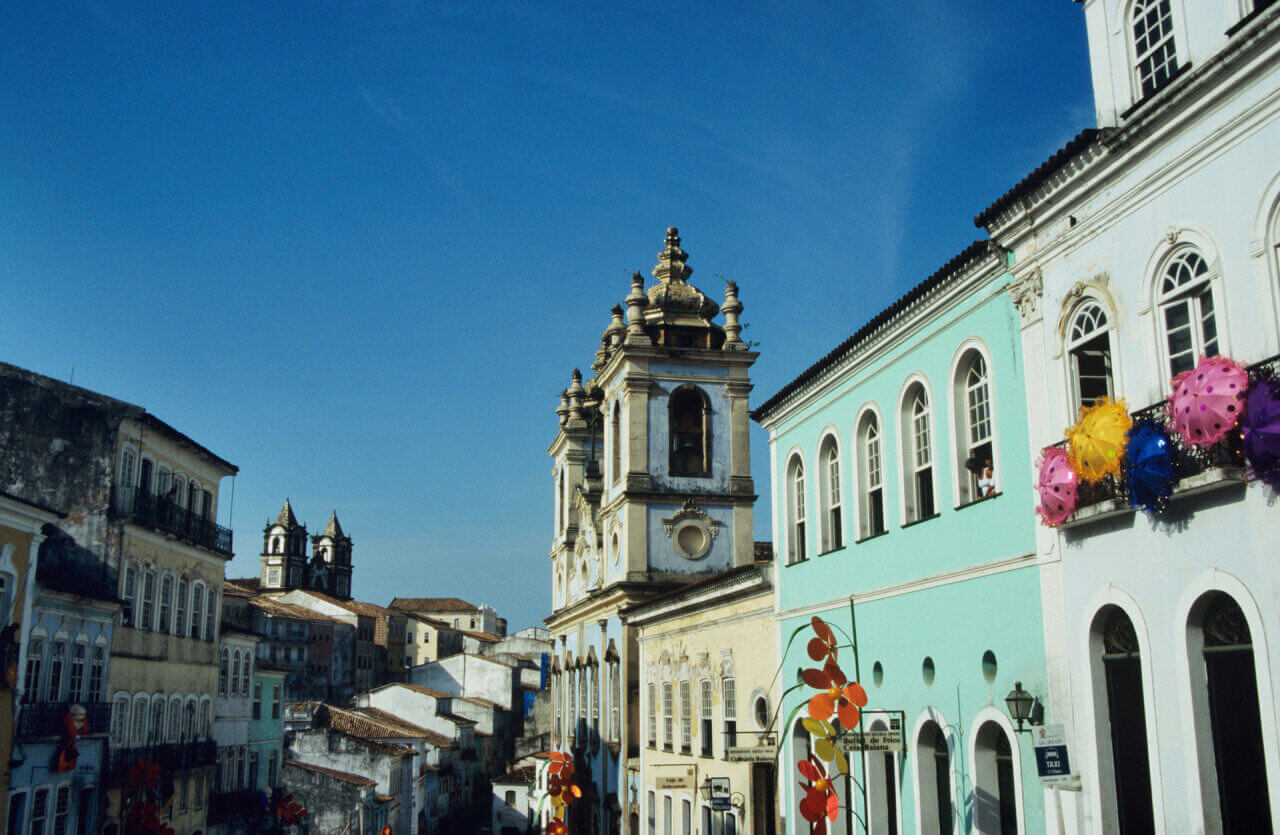Middle Eastern governments prefer foreign companies to bring people and technology, as money is relatively abundant. As soon as the plane lands at Riyadh airport, Chinese signage is everywhere, with Arabic, English, and Chinese being the main languages used for signs. Airport staff greet you in Chinese.
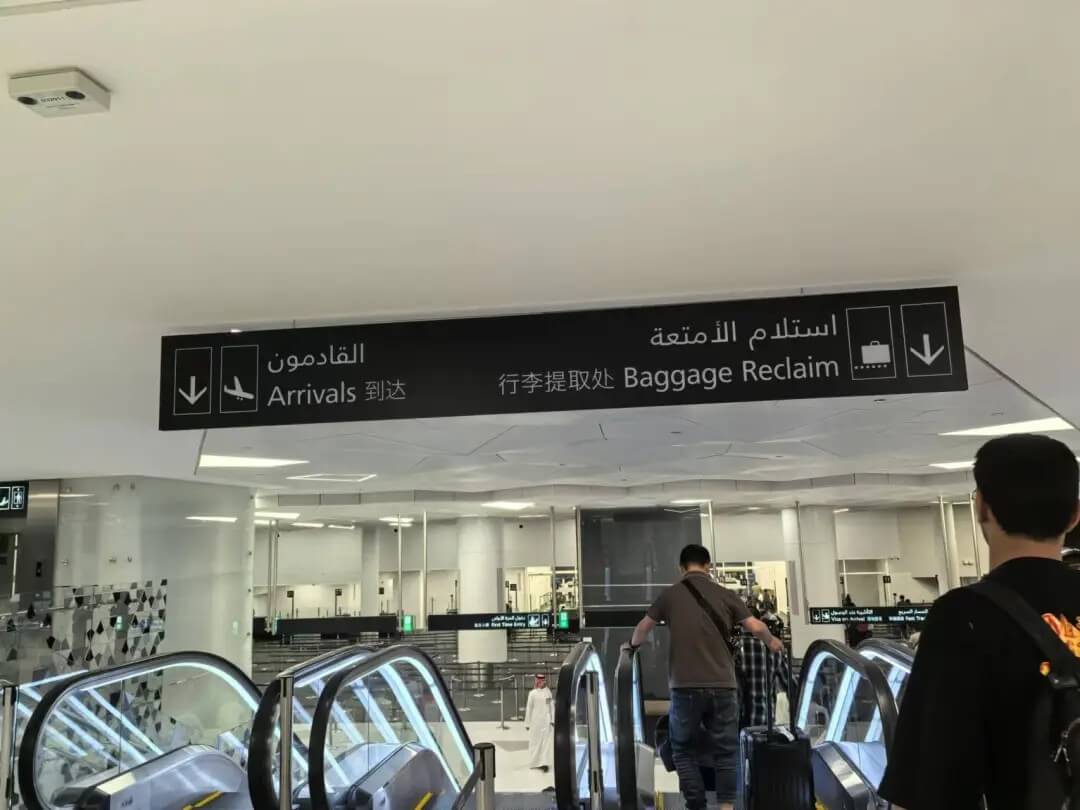 Riyadh Airport Signage
Riyadh Airport Signage
A Saudi man sitting next to me on the plane handed me a piece of Chinese candy before we disembarked and said, "Maybe you will miss the food from your home country, keep it and eat it, but I want to say, welcome to Saudi Arabia!"
Suddenly, I found myself in a warm yet unfamiliar Middle Eastern environment.
During this Middle East trip, we visited Riyadh, Dubai, and Abu Dhabi, meeting with the Saudi Investment Authority, MCC Group, EDA Capital, Saudi Arabia's largest building materials and home decor market, China-Arab Capacity Cooperation Demonstration Park, as well as various chambers of commerce and Chinese businesses, and Chinese entrepreneurs.
As one of the popular destinations for Chinese enterprises going abroad, I am curious to know whether the opportunities and challenges in the Middle East differ from other overseas locations.
01 Saudi Arabia: A World Without a Middle Class and Business
It is well known that Saudi Arabia is a "rich" country, with nearly one-fifth of the world's proven oil reserves. Saudi Aramco, the state-owned oil giant, was once the most valuable company in the world. However, wealth is primarily concentrated in the hands of the state and a few individuals, while ordinary people are still not considered wealthy.
Simply put, the ordinary population of Saudi Arabia is divided into two categories. One group consists of 20 million nationals who may not be wealthy but live without financial worries due to free healthcare, free education, free housing, and various other subsidies from the government. With government allowances similar to China's minimum living standards, even a Saudi who doesn't work can survive without worries.
For an ambitious Saudi, there are plenty of opportunities to make money. For example, if a foreign company opens in Saudi Arabia, it was required before 2021 to have a Saudi national as a sponsor. Now, companies are required to have Saudi shareholders (except for certain special economic zone businesses).
Whether as a sponsor or shareholder, they can gain related profits from the business. Additionally, foreign companies are required to have a certain percentage of local employees, known as the "Saudiization" rate. For example, the minimum "Saudiization" rate for engineering companies is generally 20%-30%. These are considered "state-protected incomes" for Saudi nationals.
Thus, it is common for a Saudi couple to have three to five children, and a husband can typically support the entire family.
In principle, a Saudi man can marry up to four wives, but the law requires the consent of the first wife, and the material conditions for each wife should be the same, so polygamy is not as widespread as we might imagine.
In recent years, the status of Saudi women has significantly improved; they are allowed to drive, work, etc. We walked around the streets in normal clothes and did not face restrictions or discrimination.
Another group is foreign laborers, numbering about 10 million, primarily from countries such as Bangladesh, India, the Philippines, and Indonesia. They perform basic jobs like security, cleaning, housekeeping, driving, and serving, earning a monthly income of around 4,000 to 5,000 RMB.
Therefore, the private cars you see on the streets are polarized: one group consists of second-hand Japanese cars, while the other group includes luxury cars worth tens or even hundreds of thousands of RMB.
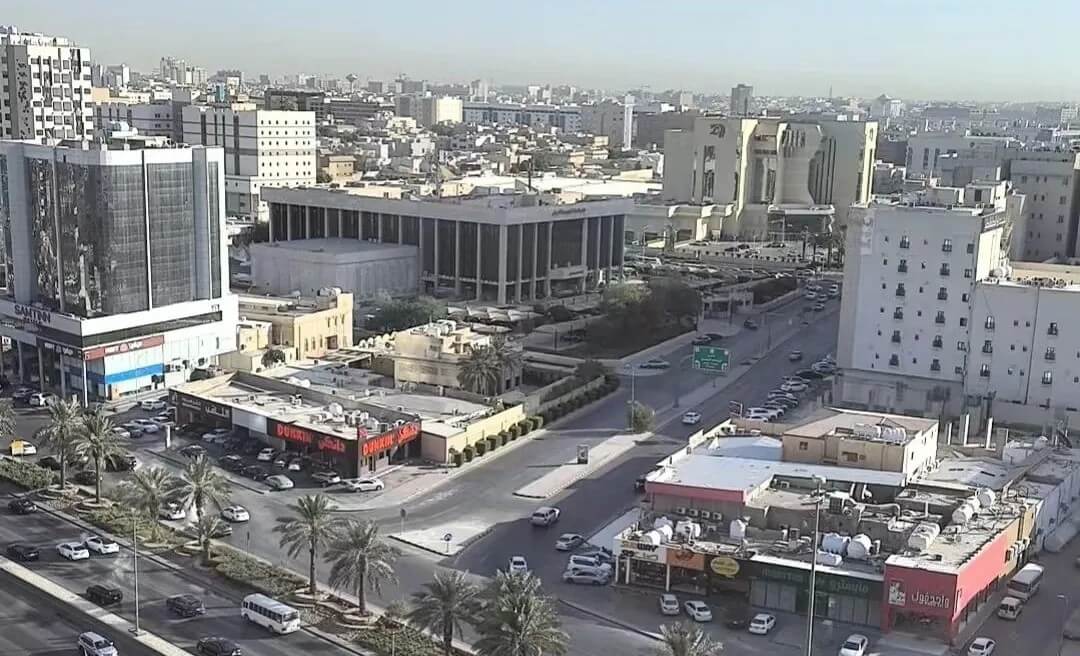
The wealth disparity in Saudi Arabia offers a clue for foreign businesses: either cater to the extremely wealthy or to the general public, as there is no significant market for the middle class.
Some say that Saudi Arabia's power and resources are controlled by a few individuals, so it is only suitable for large-scale businesses. While this is an exaggeration, there is some truth to it.
The so-called "big business" primarily refers to infrastructure. One example of Saudi Arabia’s lagging infrastructure is that there is virtually no public transportation in Riyadh.
The metro system, which was scheduled to launch in 2018, still has no operational lines six years later. The latest news suggests it will start operating by the end of the year. There are also no buses; the government once set up a bus service, but since there were no passengers, it became ineffective.
Saudi Arabia's infrastructure level still resembles that of China's 1990s. Thus, the infrastructure sector remains a key focus of Saudi Arabia's economic development, and the country is known as the "largest construction site in the world."
In the infrastructure sector, many Chinese state-owned enterprises (SOEs) and supply chain companies in tiles, flooring, architectural design, and other fields are present.
In Saudi Arabia's largest building material market—driving from Area A to Area B takes 20 minutes—over 90% of the goods are made in China. In contrast, manufacturing sectors like electronics, precision manufacturing, etc., have not yet formed an ecosystem here.
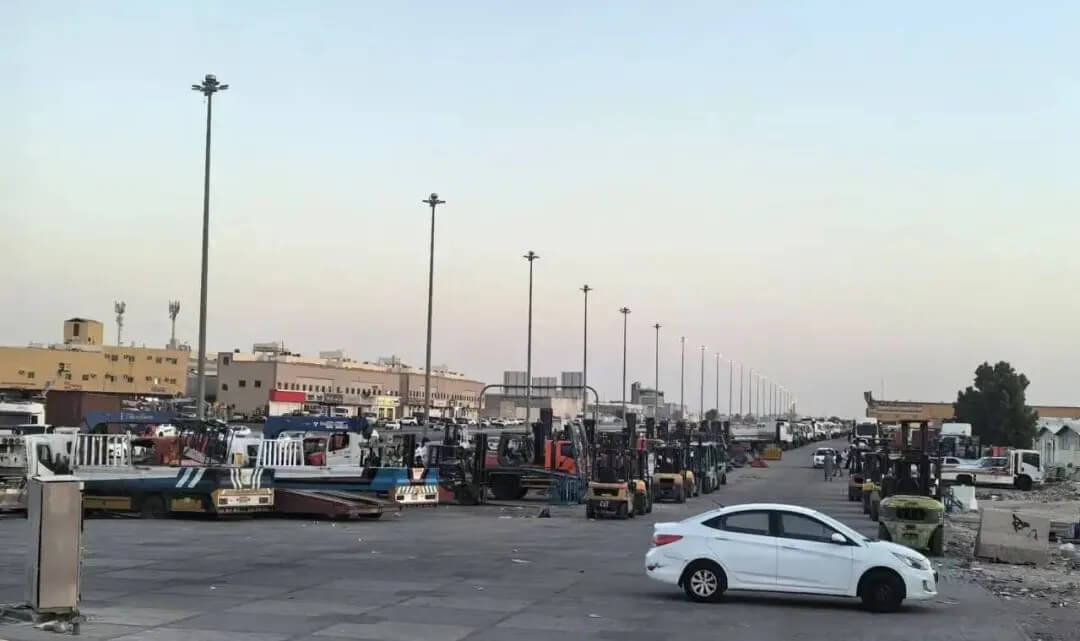 A Corner of the Building Materials Market
A Corner of the Building Materials Market
What about consumer goods and services targeting the general public? Chinese daily necessities certainly have a place in Saudi Arabia; in addition, in 2021, Saudi Arabia’s fertility rate was 2.43, while China's was only 1.15. As a result, the Indonesian brand MAKUKU, which opened 21 stores in Indonesia, has already entered Riyadh; J&T Express has also entered the market. Chinese restaurants are common in Riyadh, but not as widespread as in Southeast Asia, where you can find Chinese signs everywhere.
"If you want to do business targeting the general public, Saudi Arabia, with 60% of the Gulf's total population, is undoubtedly a good choice," but this is just a relatively "large market," as the total population of this 60% is about 36 million.
02 Dubai: The Singapore of the Middle East
In some people's minds, Dubai is the richest city in the UAE, while Abu Dhabi is the political center of the UAE, just like Shanghai and Beijing in China.
In reality, however, Abu Dhabi is superior to Dubai in terms of land area (it covers 86.68% of the UAE), economic size (it accounts for 60% of the country’s GDP), oil resources (94% of the UAE's oil reserves), and GDP per capita (around 83,000 USD, about double that of Dubai).
It is said that in the event of a financial crisis in Dubai, Abu Dhabi often needs to step in to assist. During the 2008 financial crisis, Abu Dhabi came to Dubai’s aid.
Economically, the UAE far surpasses Saudi Arabia, with Dubai relying on open and free policies to build its advantages.
I compare Dubai to Singapore in the Middle East. Geographically, resource-wise, and in terms of policy guidance, it is very similar to Singapore and Hong Kong.
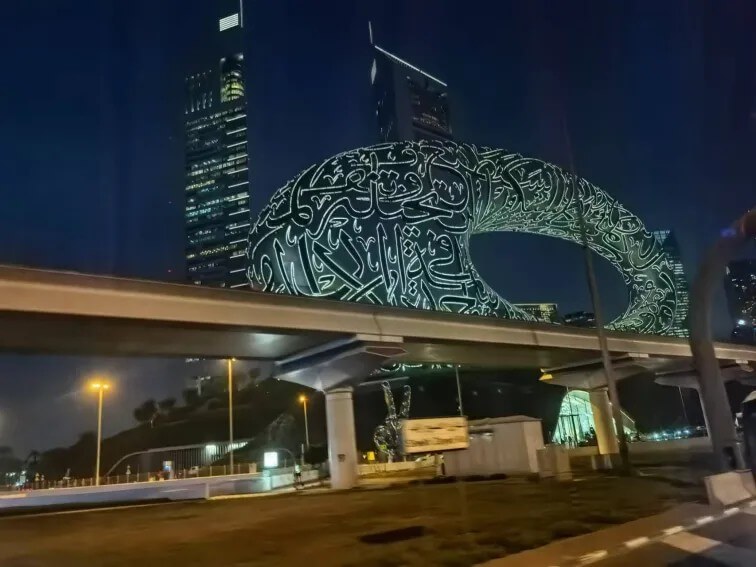
Dubai Museum of the Future
For example, Dubai is located along the Persian Gulf, at the center of the Gulf region, while Singapore is situated at the critical chokepoint of the Strait of Malacca, at the center of Southeast Asia. Hong Kong is located in the Guangdong-Hong Kong-Macau Greater Bay Area, serving as a hub for East Asia.
All three cities have well-developed financial industries and are internationally recognized financial and business hubs. 70% of the Fortune 500 companies and 90% of UAE businesses have their headquarters in Dubai.
Re-export trade is also highly developed, making them international trade capitals for various continents. People might not know that re-export trade to Africa is mainly conducted through Dubai.
Dubai’s Jebel Ali Port is the world’s largest man-made port and the largest port in the Middle East. As a result, many people doing business with Africa set up their company headquarters in Dubai. Consequently, Dubai’s real estate and corporate services industries are well-developed.
Dubai offers very attractive tax incentives for both individuals and companies, such as exemption from personal income tax, corporate tax exemption for businesses with net profits under 375,000 dirhams (about 102,000 USD), free trade zones without import duties, and re-export trade without VAT.
There are also tax reduction, refund, and exemption systems for industries such as processing and manufacturing, shipping, logistics, insurance and finance, trade agencies, and corporate services.
In essence, “the money you earn locally is mostly yours.” Of course, due to the high degree of economic liberalization, Dubai also has some investment traps, such as in the gray area of digital currency, which investors should approach with caution.
In 2023, Singapore's GDP was 487.9 billion USD, Hong Kong’s GDP was 382.1 billion USD, while Dubai’s GDP was about 117.6 billion USD, still a significant difference. Compared to Singapore and Hong Kong, Dubai is a younger city with a low aging population and a high percentage of young people, which is where its potential lies.
03 Abu Dhabi: Opportunities in Manufacturing
Dubai, with its already well-developed industrial structure, faces difficulties when attempting to expand into manufacturing or other non-signature industries due to the challenge of "lack of space and workforce."
However, in Abu Dhabi, there are still opportunities in the manufacturing sector. With an area of 67,340 square kilometers, it is 16 times larger than the compact Dubai. Industrial zones, ports, and economic special zones are densely concentrated along Abu Dhabi's coastline.
For example, the China-Arab Economic Cooperation Special Zone, which focuses on the development of the manufacturing industry, is located in the Khalifa Economic Zone in Abu Dhabi. It is managed by Jiangsu Overseas Investment Co., Ltd., a joint venture of the state-owned Jiangsu Zhongjiang International and central enterprises like the China National Nuclear Corporation, as well as the Suzhou Industrial Park, Jiangning Economic Development Zone, Yangzhou Economic Development Zone, and Haimen Economic Development Zone. This project is a key initiative in the Belt and Road framework.
The first phase covers 2.2 square kilometers and has already been fully developed in recent years. The second phase is in progress, with land leveling underway, covering 10 square kilometers. The focus here is on manufacturing industries related to infrastructure and new energy.
In Saudi Arabia and the UAE, the proportion of new energy vehicles is not very high, but interestingly, local policies consistently emphasize the development of new energy vehicles. We also noticed Chinese new energy vehicle brands such as Zeekr and XPeng in the region.
"As for me, the biggest takeaway from this Middle East trip is that I have surrendered. I must embrace new energy because even the world's oil hub is moving towards it," said a fellow team member I was with. His company mainly produces automotive filtration equipment. "New energy vehicles don’t need my filtration products; I need to plan for my future business." Saudi Arabia and the UAE are determined to transition their energy sectors.
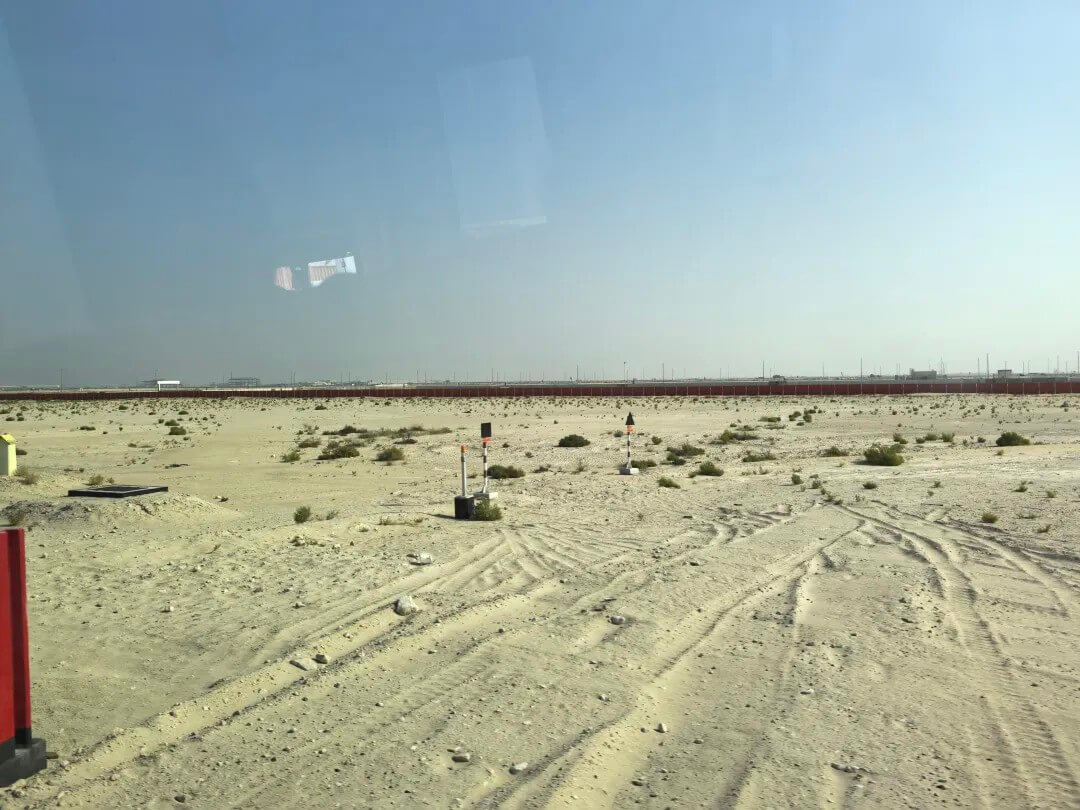
Land under construction
Of course, the efficiency of implementing infrastructure projects in Middle Eastern countries can vary. The UAE ranks 16th in the World Bank’s 2020 Doing Business Report, topping the Middle East and Arab countries, comparable to many developed European economies. Meanwhile, China ranks 31st.
04 Middle East vs Southeast Asia
In the past couple of years, the Middle East and Southeast Asia have been two major destinations for Chinese companies going overseas. Let me summarize the core differences between the two regions.
In the Middle East, I encountered mostly large enterprises and major institutions. In Southeast Asia, I saw many small and medium-sized enterprises in manufacturing, retail, chain restaurants, and other sectors.
The entire Middle East, with a population of 470 million, has less than 50 million people in Saudi Arabia and the UAE, the economic powerhouses of the region and those with strong ties to China. In contrast, Southeast Asia has nearly 700 million people, making the market opportunities vastly different between the two regions.
Therefore, executives from the companies we interviewed unanimously believe that the Middle East is not a large manufacturing market, nor a significant market for consumer goods or domestic demand. The specific national conditions and economic environment currently create a large-scale infrastructure opportunity.
If you want to focus on manufacturing or consumer goods, Southeast Asia offers more opportunities. But if you want to focus on large infrastructure projects, Saudi Arabia and Abu Dhabi are the places to go.
I also found that the Chinese executives in Saudi Arabia are very pragmatic. They typically ask two questions to visitors: "What is your purpose for coming to Saudi Arabia?" and "Are you considering Saudi Arabia as a stepping stone or as part of your entire international strategy?" They believe treating Saudi Arabia as a stepping stone is a more reasonable investment choice.
Of course, there are pros and cons to both Southeast Asia and Saudi Arabia.
Southeast Asian countries have low entry barriers and vast markets, but their governments hope foreign companies bring both money and people/technology.
In contrast, Middle Eastern governments are more focused on attracting foreign companies with people and technology, as they are not short on capital. Therefore, the entry barriers are higher, and the market opportunities are more limited.
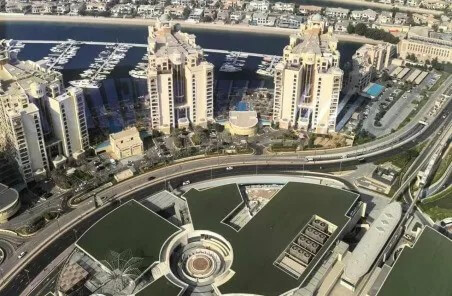
Palm Island, Dubai
Unlike Singapore and Hong Kong, Dubai and Saudi Arabia exhibit clear "local protectionism." For example, Dubai does not encourage foreigners to obtain citizenship or migrate. In Saudi Arabia's infrastructure sector, it is not easy for anyone to enter, and many private enterprises cooperate with central and state-owned enterprises.
Although the Saudi Investment Authority repeatedly claims there are no significant restrictions on investment, the policy direction gives some insight. For example, Saudi Arabia does not support trade businesses: the registered capital of trading companies must be 30 million dirhams (about 60 million RMB).
At present, if you plan to develop in Saudi Arabia, it may not be suitable to focus on technological innovation. Instead, ready-to-deploy solutions should focus on infrastructure alongside state-owned enterprises, or you could provide consumer goods targeting specific population groups. Between entering with steel and concrete or with robots, currently, the advantage lies with steel and concrete.
In the case where orders have already been secured in Saudi Arabia, Dubai, and Abu Dhabi, entering the Middle Eastern market after obtaining such orders is a faster way to adapt to the local market, and it’s the choice for many companies.
For example, some companies go abroad with their domestic partners to secure local orders from their partners. Many companies are "passively going overseas." "If I don't set up a company in the Middle East, my original partners cannot give me their orders, and it must be a local company."
Finally, the Middle East is a region where religious beliefs and secular life are closely intertwined, and it is important to respect the local culture and customs. One executive from a Chinese company told me, "Living locally for a few months is the first step to investing in Saudi Arabia."
Local customs and habits are quite different from China and Southeast Asia. For example, due to the hot weather during the day, Saudis usually work for a few hours in the morning and rest for most of the afternoon, starting work again in the evening.
Thus, the leisure activities in Saudi Arabia—coffee, dates, parties, gatherings, hookah, incense, etc.—typically happen in the evening. If you find that the streets are busy at 4 a.m., don’t think the locals wake up early; they just haven’t slept yet.
As a devout Islamic country, Saudi Arabia has strict food and daily customs regulations, such as the prohibition of pork and alcohol (with Dubai being relatively more relaxed). Additionally, the adherence to religious customs, such as prayer times, is strict: while you may be in a meeting, suddenly a horn sounds, and the Middle Eastern person next to you disappears for prayer, only to return afterward. Saudi Airlines even has a dedicated prayer area on planes.
A common feature of Middle Eastern societies is the strong emphasis on personal character, behavior, and credibility. For example, if a foreigner has a criminal record, they will be deported. If a local commits theft, the punishment is much more severe.
Therefore, a Dubai local humorously said, "To judge someone's character, you just need to see how long they've been in Dubai or the UAE. If they've stayed for over 10 years, it basically proves that the person has a very clean record."
In simple terms, we must "adapt to local customs," and from an overseas expansion perspective, we should always remember that "globalization is essentially localization."


